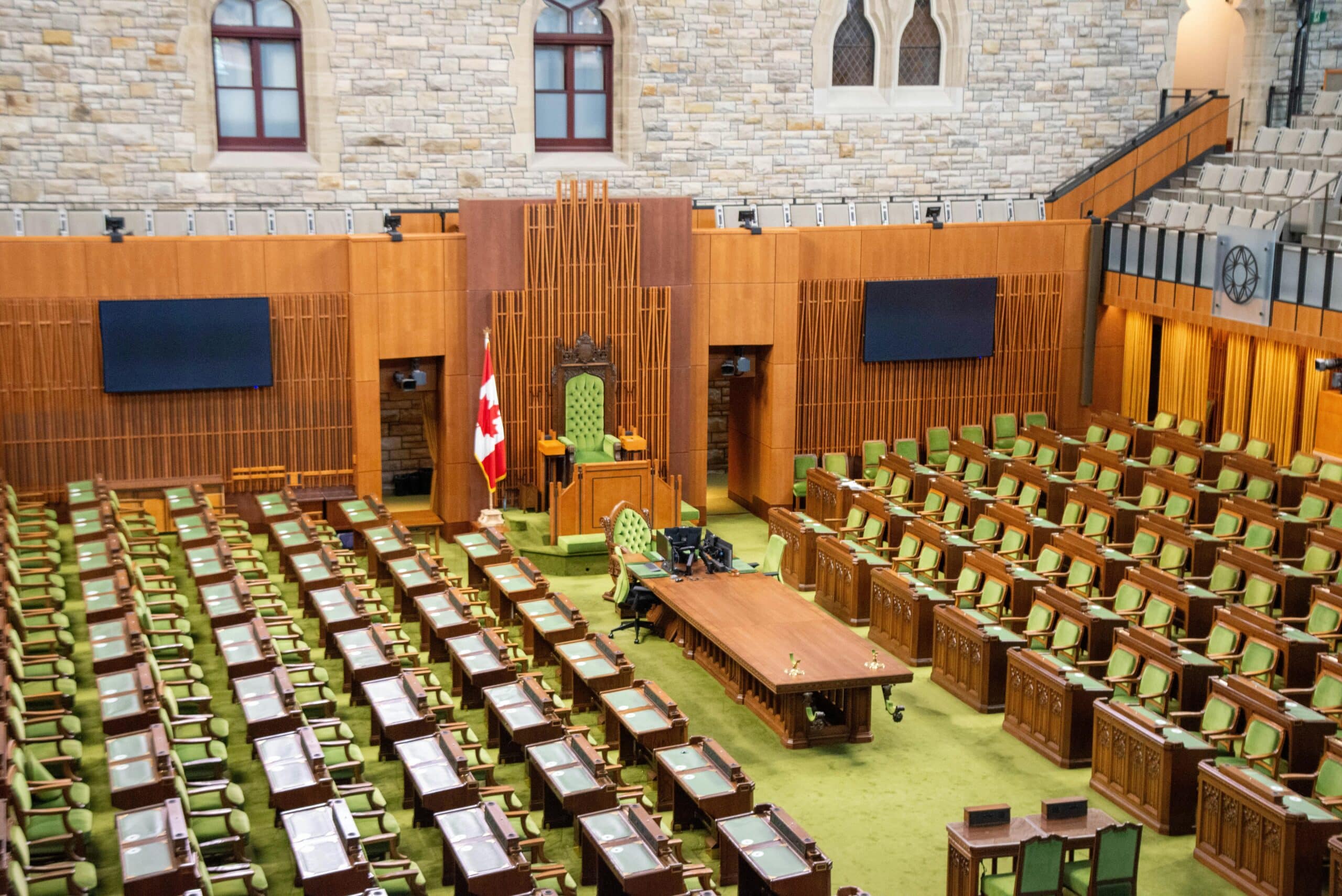On July 17, 2020 the Federal Government proposed significant changes to the Canada Emergency Wage Subsidy (“CEWS”) effective as of July 5, 2020. These changes follow from a consultation process that ended as of June 5, 2020. The key changes are as follows:
CEWS extension and filing deadline
The current CEWS which is in place until August 29, 2020, is extended until December 19, 2020. Due to this extension, the deadline for submitting a CEWS application also has been extended to January 31, 2021.
CEWS modified
Effective as of July 5, 2020, the CEWS has been modified to consist of two parts:
1. A base subsidy is available to all eligible employers experiencing a decline in revenue. The subsidy is calculated on a sliding scale, such that there is greater support to businesses with higher revenue decline.
Starting with Periods 5 and 6, the base rate that calculates the base subsidy is tied to two revenue blocks (i) a drop that is 50% or higher; and (ii) for revenue drop that is up to 49%.
(i) For revenue drop that is 50% or more, the base subsidy rate gradually decreases from 60% to 20% by Period 9; (ii) For revenue drop that is 49% or less, the base subsidy rate is calculated as the percentage rate of revenue drop, times a factor. The multiplier varies with different Periods – 1.2 in Period 5 and 6, and dropping to 0.4 by Period 9.
The base rate will be applied to remuneration of up to $1,129 per employee per week. This maximum ties to the earlier weekly maximum subsidy of $847 up to 75% (i.e, $847/.75 = $1,129.33).
Table 1: Summary of base subsidy
| Revenue Decline | Period 5 (July 5 to Aug 1, 2020) | Period 6 (Aug 2 to Aug 29, 2020) | Period 7 (Aug 30 to Sept 26, 2020) | Period 8 (Sept 27 to Oct 24, 2020) | Period 9 (Oct 25 to Nov 21, 2020) |
| 50% or more | 60% (maximum of) | 60% | 50% | 40% | 20% |
| Maximum weekly benefit (*) | $677 or (60% x $1,129) | $677 or (60% x $1,129) | $565 or (50% x $1,129) | $452 or (40% x $1,129) | $226 or (20% x $1,129) |
| Up to 49% | 1.2 x percentage of revenue decreased | 1.2 x percentage of revenue decreased | 1.0 x percentage of revenue decreased | 0.8 x percentage of revenue decreased | 0.4 x percentage of revenue decreased |
(*) Under certain circumstances, this amount can be higher and maxed at $960 per week. See also safe harbour rules below.
2. Top-up subsidy is available for employers who are adversely affected by the COVID-19 crisis and up to 25% of the additional rate. This portion of the subsidy is calculated based on:
(i) Eligibility criteria must have an average drop in revenue of 51% or more in the preceding three months;
(ii) Top-up amount will be 1.25 x (average of three-months revenue drop that exceeded 50%, and up to 70%) – the rate is applied to weekly remuneration of up to $1,129 per employee;
(iii) The maximum top-up of an additional 25% is available where the average three-months revenue drop is 70% or higher
Table 2: Summary of base plus maximum top-up subsidy
| Revenue Decline | Period 5 (July 5 to Aug 1, 2020) | Period 6 (Aug 2 to Aug 29, 2020) | Period 7 (Aug 30 to Sept 26, 2020) | Period 8 (Sept 27 to Oct 24, 2020) | Period 9 (Oct 25 to Nov 21, 2020) |
| 70% or more | 85% (maximum of) | 85% | 75% | 65% | 45% |
| Maximum weekly benefit (*) | $960 or (85% x $1,129) | $960 or (85% x $1,129) | $847 or (75% x $1,129) | $734 or (65% x $1,129) | $508 or (45% x $1,129) |
Note: For revenue drop that is 50% or lower, an eligible corporation receives only the base summary – see Table 1.
Safe harbour rule
Only for Period 5 (July 5 to August 1, 2020) and Period 6 (August 2 to August 29, 2020) an eligible employer with a revenue decline of 30% or more will continue to receive at the CEWS rate of 75% that applied for Periods 1 to 4.
Reference Period
• For calculating the Base Subsidy – the eligible employer can (i) General approach of comparing the current Period to the same months in the prior year or (ii) an Alternative approach, comparing to the average of January and February, 2020. For example, Period 7 (August 30, 2020 to September 26, 2020) can use the General approach comparing August and September 2020 to August and September 2019 OR use the Alternative approach and compare with the average of January and February, 2020.
• For calculating Top-up Subsidy – the eligible employer can (i) General approach of comparing the three months in the current year to the months in the prior year or (ii) the Alternative approach, comparing to the average of January and February, 2020.
| Period | Months (2020) | General Approach (compare) | Alternative Approach |
| Period 5 | July 5 to Aug 1 | April-June 2020 to April to June 2019 | Compare to average Jan and Feb 2020 |
| Period 6 | Aug 2 to Aug 29 | May-July 2020 to May-July 2019 | Compare to average Jan and Feb 2020 |
| Period 7 | Aug 30 to Sept 26 | June-Aug 2020 to June-Aug 2019 | Compare to average Jan and Feb 2020 |
| Period 8 | Sept 27 to Oct 24 | July-Sept 2020 to July-Sept 2019 | Compare to average Jan and Feb 2020 |
| Period 9 | Oct 25 to Nov 21 | Aug-Oct 2020 to Aug-Oct 2019 | Compare to average Jan and Feb 2020 |
Flexibility to change from Alternative to General Approach
Eligible employers who have elected to use the Alternative approach up to Period 4 can either maintain that election for Period 5 onwards or revert to the General approach – the same applies to eligible employers who have used the General approach to revert to the Alternative approach. This choice of approach must be identically applied for both base and top-up CEWS.
Non-arms length employees
Starting Period 5 onwards, the baseline remuneration paid to non-arms length employees can be either (i) weekly average remuneration paid during January 1 to March 15, 2020 or (ii) July 1 to December 31, 2019.
In all cases, the weekly average calculation must exclude any period of 7 or more consecutive days without remuneration.
Continuation of eligibility from one period to another
The deeming rules which were applicable until Period 4 will apply, but only for the base CEWS. Specifically, starting for Period 5 and all subsequent periods, an eligible employer would be able to use the greater of its percentage revenue decline in the current period and that in the previous period, for the purposes of base CEWS and its base CEWS rate in the current period.
Furloughed employees
As of July 5, 2020, furloughed employees not receiving remuneration in respect of 14 or more days in the qualifying period will not be excluded from the CEWS. In addition:
• Eligible employers can receive the CEWS for furloughed employees for Period 5 and Period 6, the subsidy calculation is identical to Periods 1 to 4;
• Starting Period 7, CEWS support will be adjusted to account for CERB and EI benefits – more details to come on the maximum subsidy.
Additional legislative changes
• Appeal process will be allowed for appeal to the Tax Court of Canada from a notice of determination in respect of the CEWS;
• Provide continuity rules for drop in-revenue calculation specifically intended to handle a revenue reduction calculation following a buy transaction – i.e. purchase of all or substantially all of an asset used in carrying on a business;
• Allow government-source revenues specifically for charities or non-profit organizations to elect to exclude government-source revenue for the purpose of computing qualifying revenue;
• Election to use accrual-based accounting so that an eligible employer that uses a cash method for computing its qualifying revenue, to elect to use the accrual method.
For more information on the revised and extended CEWS, contact your Zeifmans advisor today or e-mail us at info@zeifmans.ca.
Supplemental insights



